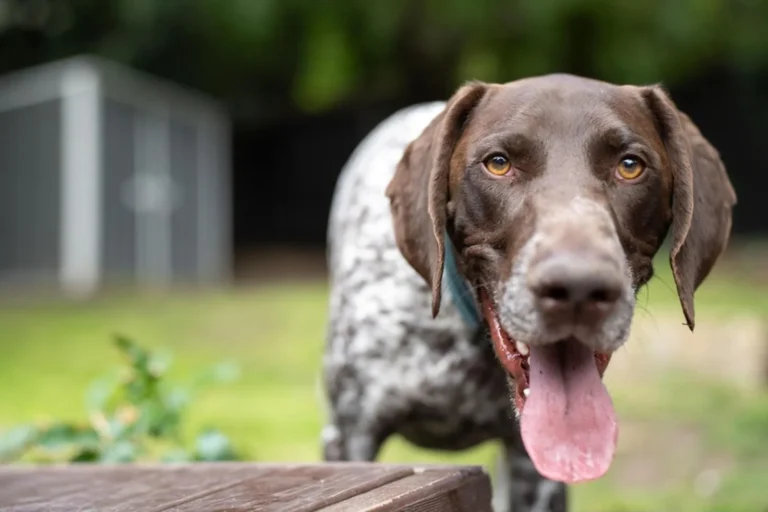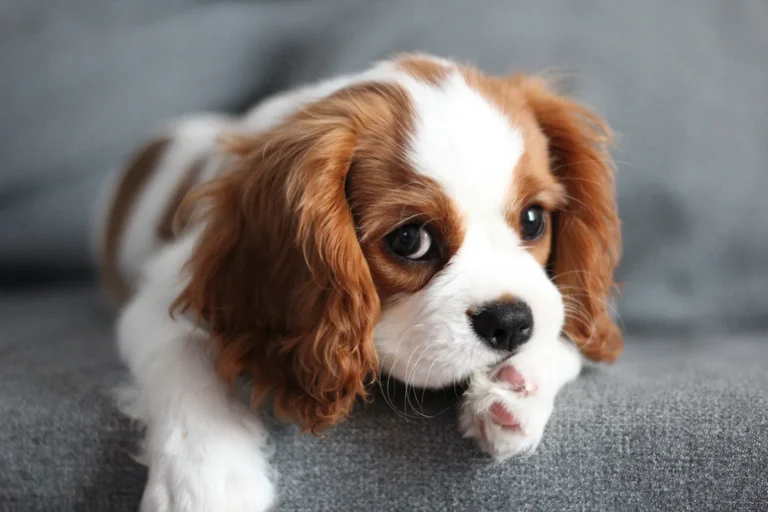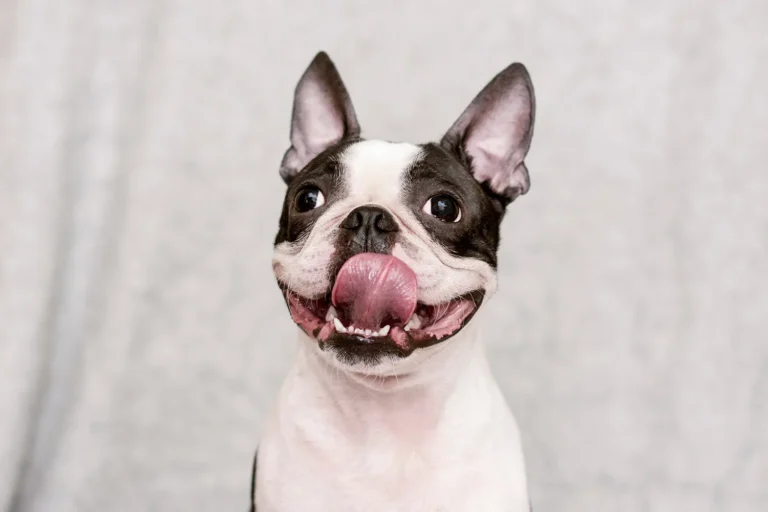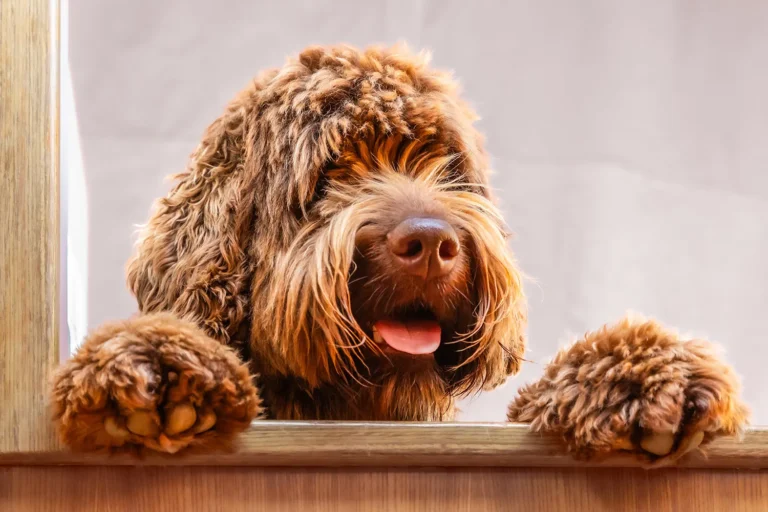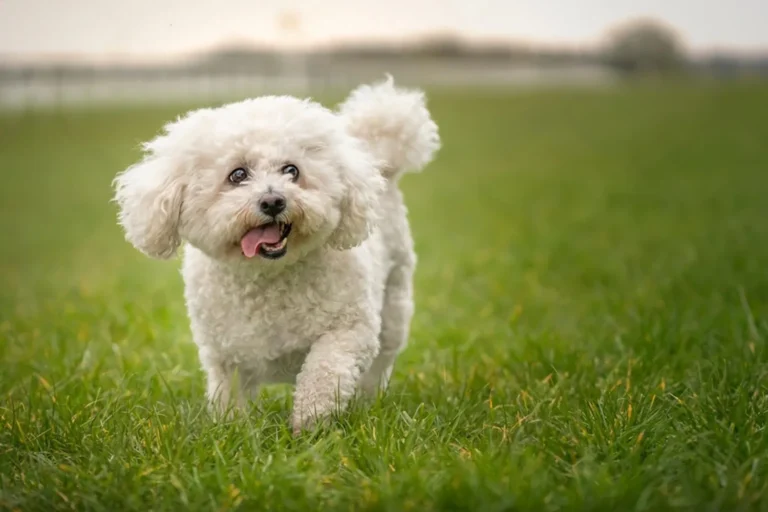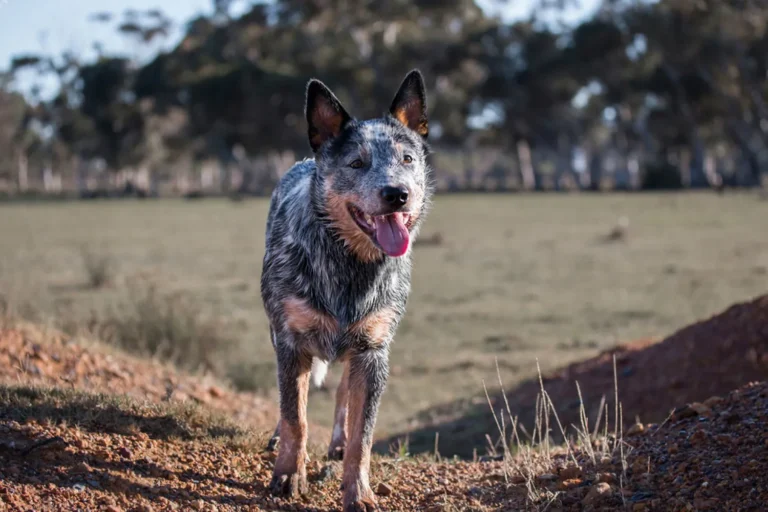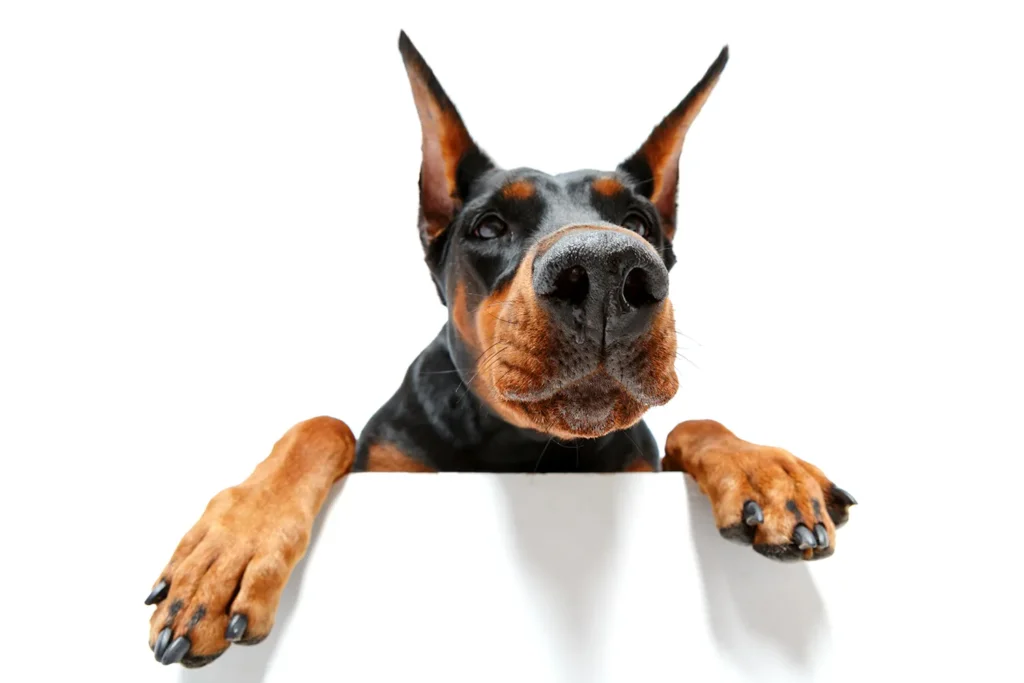
Have you been wondering which furry friend is right for you? Doberman Pinschers (also called Dobermans) might look a bit intimidating at first with their sleek build and serious gaze, but don’t let that fool you. They’re medium to large cuddle magnets who are downright affectionate and people oriented. My friend’s Doberman, Luna, used to lean her whole weight against my legs like a warm, living weighted blanket she’d nudge my hand for pets and then sigh like her day was finally complete. They’re the kind of dogs who want to be with you, not just near you.
If you’re considering a Doberman, think about whether you’d enjoy a smart, eager partner who thrives on attention and routine. They love daily walks, a good game of fetch, and a bit of brainy fun puzzle toys, short training sessions, even learning silly tricks. The bonus is they pick up manners quickly when you’re consistent and kind. I always suggest meeting a few adult Dobermans at a rescue or reputable breeder to get a feel for their energy. If you’re looking for a loyal shadow who will keep you company on the couch and motivate you to lace up your sneakers, a Doberman might be your perfect match.
What Is the History and Origin of the Doberman Pinscher?
Picture 19th‑century Germany: narrow streets, a leather satchel full of tax money, and a man named Louis Dobermann walking his route in the town of Apolda. Bandits were a real concern back then, and Dobermann, who was both a tax collector and the town dog catcher, needed a dependable partner at his side. With access to many kinds of dogs, he set out to create exactly what he needed an alert, loyal, protective companion who could keep him safe without losing a cool head. The result of that purposeful breeding was the Doberman Pinscher, named in his honor.
I always think of the Doberman as a “made‑to‑measure” working dog. Dobermann wasn’t chasing a fad or a look; he was building character: courage, intelligence, quickness, and devotion. A breeder I met at a show in California once said, “The Doberman is a bodyguard who can read the room,” and that stuck with me. You can still see those instincts today when a Doberman quietly positions themselves between you and a stranger, not aggressive, just…aware.
Their reputation for service didn’t stop with Louis. During World War II, Dobermans alongside German Shepherds were used by the military as sentries, messengers, and companions to troops. The Doberman Pinscher Club of America played a big role in supplying many of those dogs. I once chatted with an older neighbor who had served with a wartime canine unit; he described the Dobermans as “fearless shadows” that seemed to know what was coming before the humans did.
If you’re living with a Doberman today, remember those roots. They thrive when they have a job, even if it’s a modern one like learning new tricks, doing scent games in the yard, or mastering an obedience routine. Keep training consistent and fair, give them daily mental workouts, and they’ll repay you with the steady, loving loyalty that Louis Dobermann dreamed up on those Apolda streets.
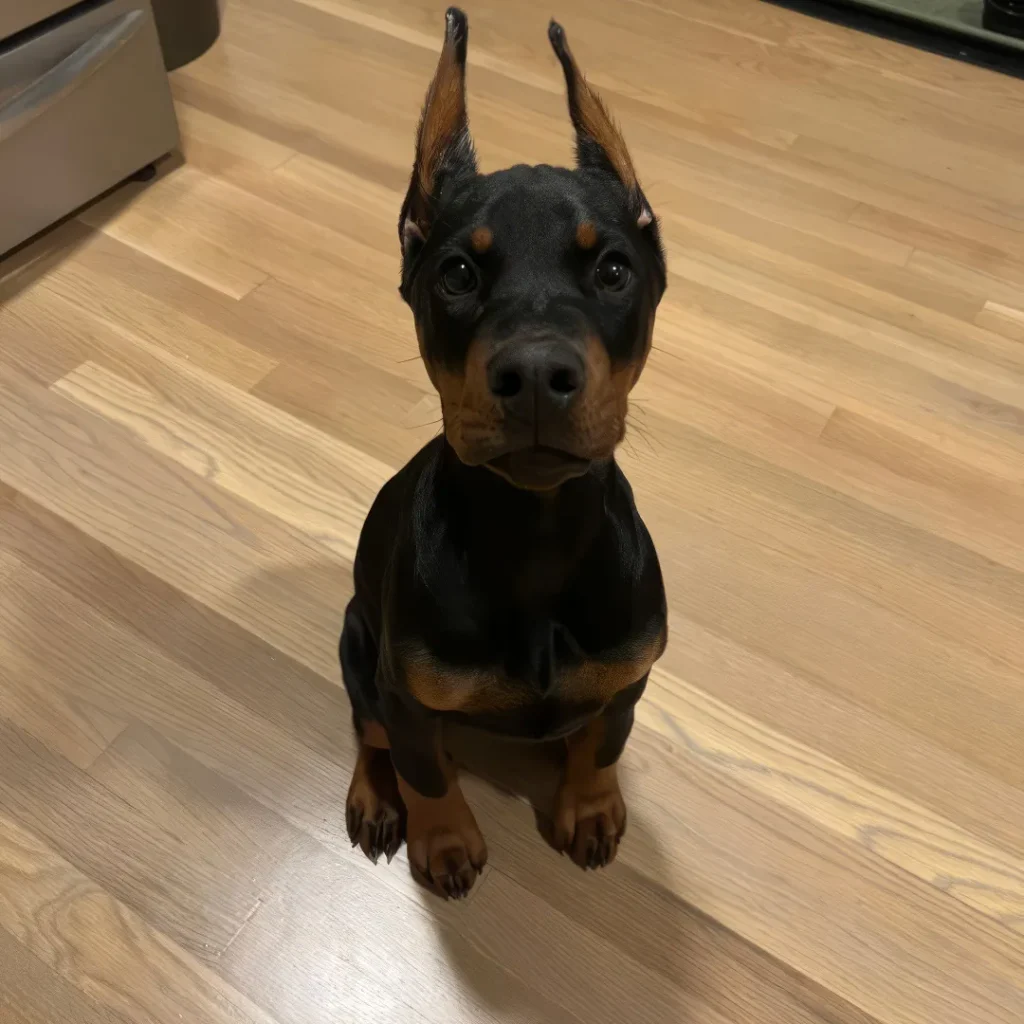
What Is a Doberman Pinscher?
If you’ve ever watched a Doberman glide by like a shadow sleek, focused, and all muscle you know they’re built for action. Their exact origins are a bit of a mystery, but many believe they’re a thoughtful blend of working breeds: Beauceron, German Pinscher, Rottweiler, black and tan Terrier, and Weimaraner. Whatever the recipe, the result is a dog that’s sturdy, athletic, and unmistakably elegant. I still remember the first Doberman I met at a training club; he trotted in like he owned the place and then promptly leaned on my legs for a cuddle. That’s the Doberman in a nutshell: poised on the outside, a softie with their people.
Their ears are naturally floppy, though many Dobermans you see have cropped ears and docked tails choices some owners make for various reasons, often said to help with ear infections. It’s a personal and sometimes regional decision, so it’s always wise to talk with your vet and know your local rules. Cropped or not, the breed’s signature look is that sleek coat, deep chest, and a confident, alert stance that makes excellent guard dogs. They’re intensely loyal and incredibly smart. Give them a job anything from obedience and scent games to brisk runs and they light up. One time I skipped my Doberman friend’s usual brain games for a week, and he “redecorated” a shoe. Lesson learned: mental workouts matter as much as physical ones.
Dobermans do carry a tough reputation, and yes, people sometimes cross the street when they see that sharp silhouette. But with consistent training and early socialization, they’re often gentle, friendly, and wonderfully attuned to their families. I’ve watched a big male Doberman tiptoe around a toddler’s toys like they were priceless artifacts. If you’re considering this breed, be ready to be an active partner: clear structure, positive reinforcement, plenty of exercise, and daily connection. Do that, and you’ll have a loyal companion who’s as graceful in your living room as they are impressive on the move.
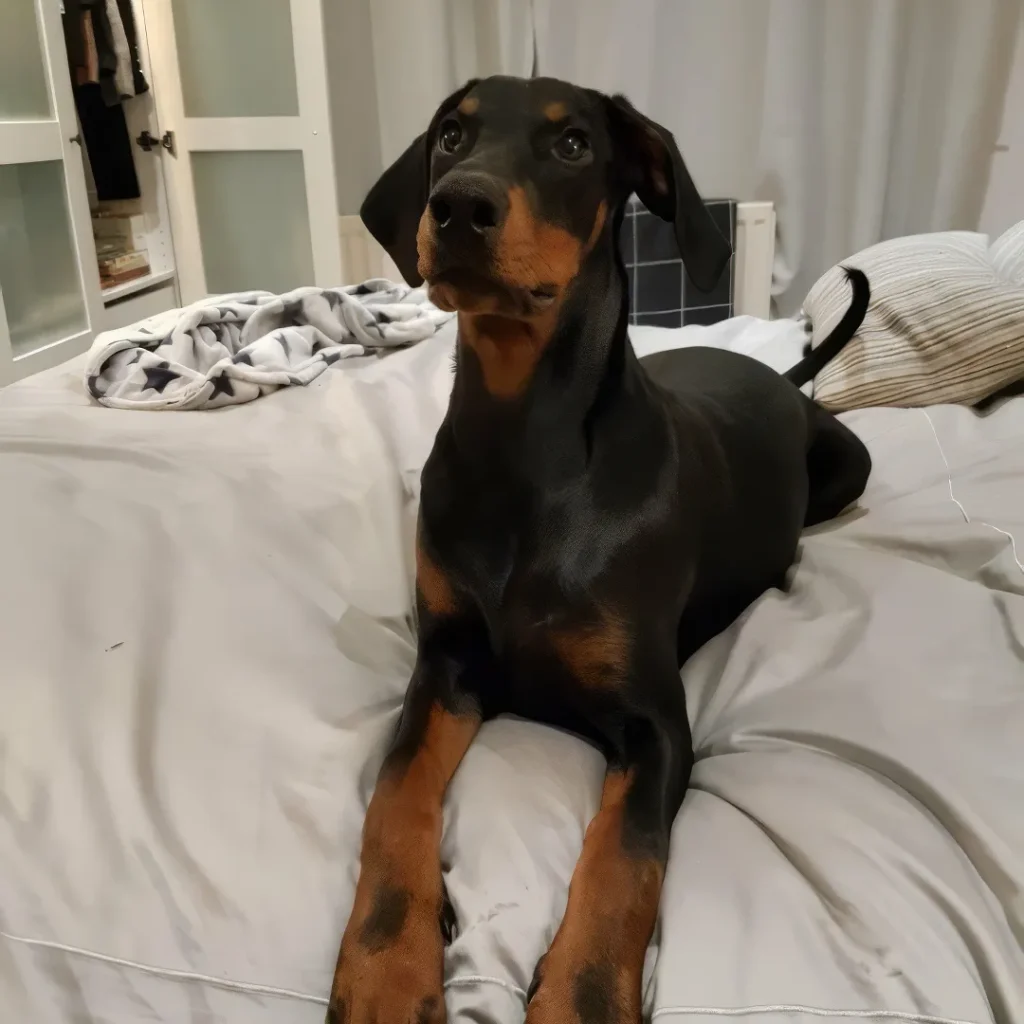
Who Is a Doberman Pinscher Best For?
A Doberman Pinscher is a wonderful match for people who want a smart, athletic dog and aren’t afraid of a little responsibility. They grow into strong, sizable adults, so brand-new dog owners might find a smaller, easier to handle breed less intimidating at first. That said, if you’re up for consistent training and daily exercise, a Doberman will stick to you like Velcro. I once met a Doberman in a basic obedience class who would sprint through drills and then lean his whole body against his owner like a big, warm shadow classic Doberman loyalty. They thrive with active folks who like long walks, runs, or hikes, and who enjoy teaching cues and games. Think: clear boundaries, 60-90 minutes of movement most days, and a calm, confident handler.
As for families, Dobermans can be wonderfully gentle with kids when they’re socialized from puppyhood. My neighbor’s Doberman used to bring his tennis ball over and plop down two feet from their toddler, waiting patiently for a clumsy roll. The key is early, positive exposure to children, plus good manners on both sides teach the dog to settle and the kids to be respectful. Puppy classes, supervised playdates, and rewarding calm behavior go a long way. I like to teach a “place” cue early so the dog has a safe spot during busy family moments.
If you’re a first time owner who’s truly committed, it can still work just plan on enrolling in training, setting routines, and giving your Doberman a job, whether that’s obedience, scent games, or agility. If you want a loyal partner who’ll learn fast and love hard, and you’re ready to put in the time, a Doberman might be your perfect co pilot.
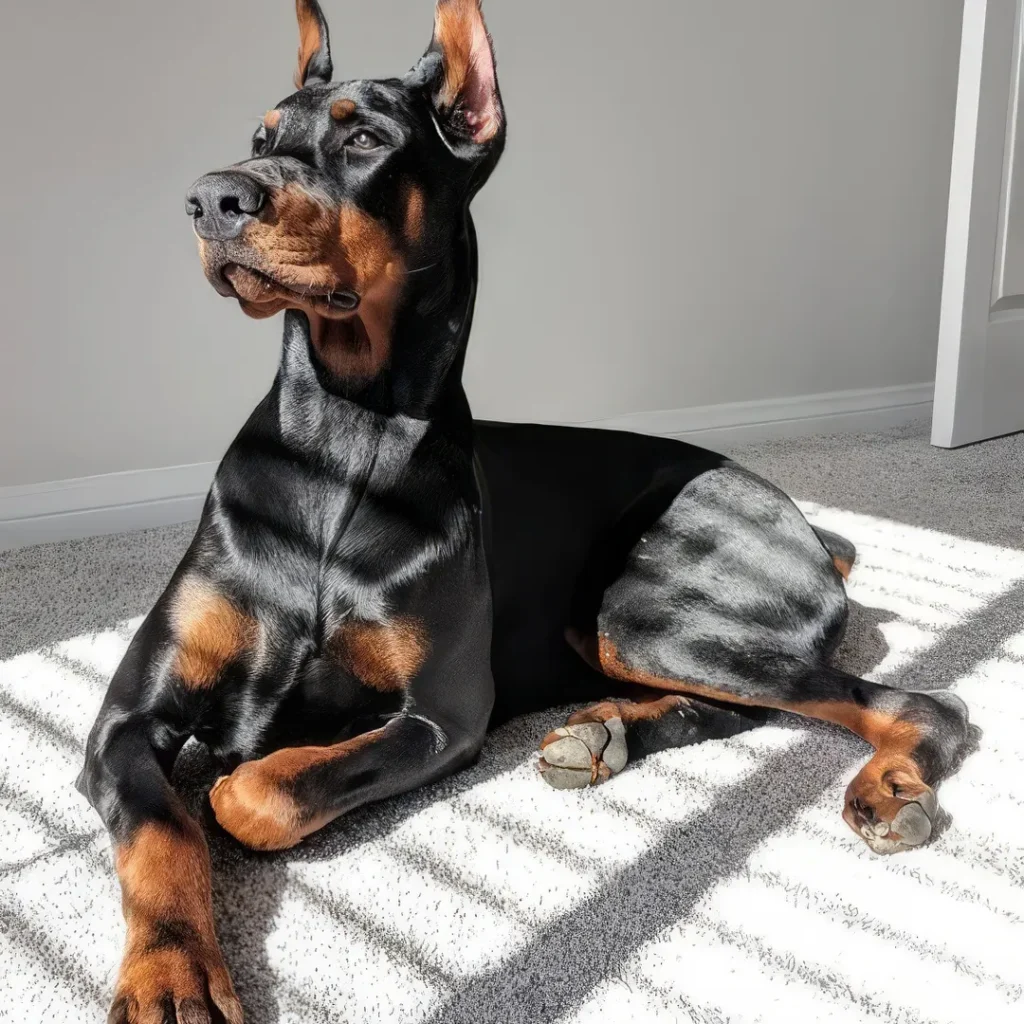
Doberman Pinscher Grooming & Shedding
Dobermans wear a sleek, smooth coat that sits close to the skin, so their grooming routine is refreshingly simple compared to fluffier breeds. You’ll see them in classic black, rich red, fawn, and that striking steel blue. And those signature rust markings? You’ll often spot them on the ears, and typically on the muzzle, chest, and legs too. Despite the short coat, they do shed quite a bit. I keep a lint roller by the front door because my black and rust boy can decorate a pair of jeans in seconds.
A quick brush two to three times a week will keep shedding under control and bring out that lovely shine. I like a rubber curry brush or a grooming mitt just a few minutes while we watch TV and he melts into a puddle. During heavier seasonal shedding, daily brushing helps a ton. A damp microfiber cloth wipe down between brushes pulls off loose hairs and dust. Baths every 6-8 weeks (or when they find a mud puddle) are plenty; use a gentle dog shampoo and rinse thoroughly. Short coats dry fast, but I still towel dry and check the skin as I go. I once met a blue Doberman in Arizona with a gorgeous pewter sheen his owner swore by a mild shampoo and added omega-3s to support coat health, which I’ve also found helpful for sensitive skin, especially in blues and fawns.
Don’t forget the little maintenance items that make a big difference. Brush those teeth at least twice a week daily if you can to keep tartar and gum issues at bay. I use a chicken flavored toothpaste, and it turns tooth time into a small victory. Trim nails about once a month; if you hear that tap tap on the floor, it’s time. A nail grinder can be easier if your Doberman is fidgety. Quick tip from a trainer I worked with: do one paw, treat, take a short break, then another paw to keep it low stress.
A quick weekly ear check is smart too wipe with a vet approved cleaner and a cotton pad, never deep with swabs. With a simple routine and a few minutes of regular care, your Doberman will stay shiny, comfortable, and ready for whatever adventure comes next.
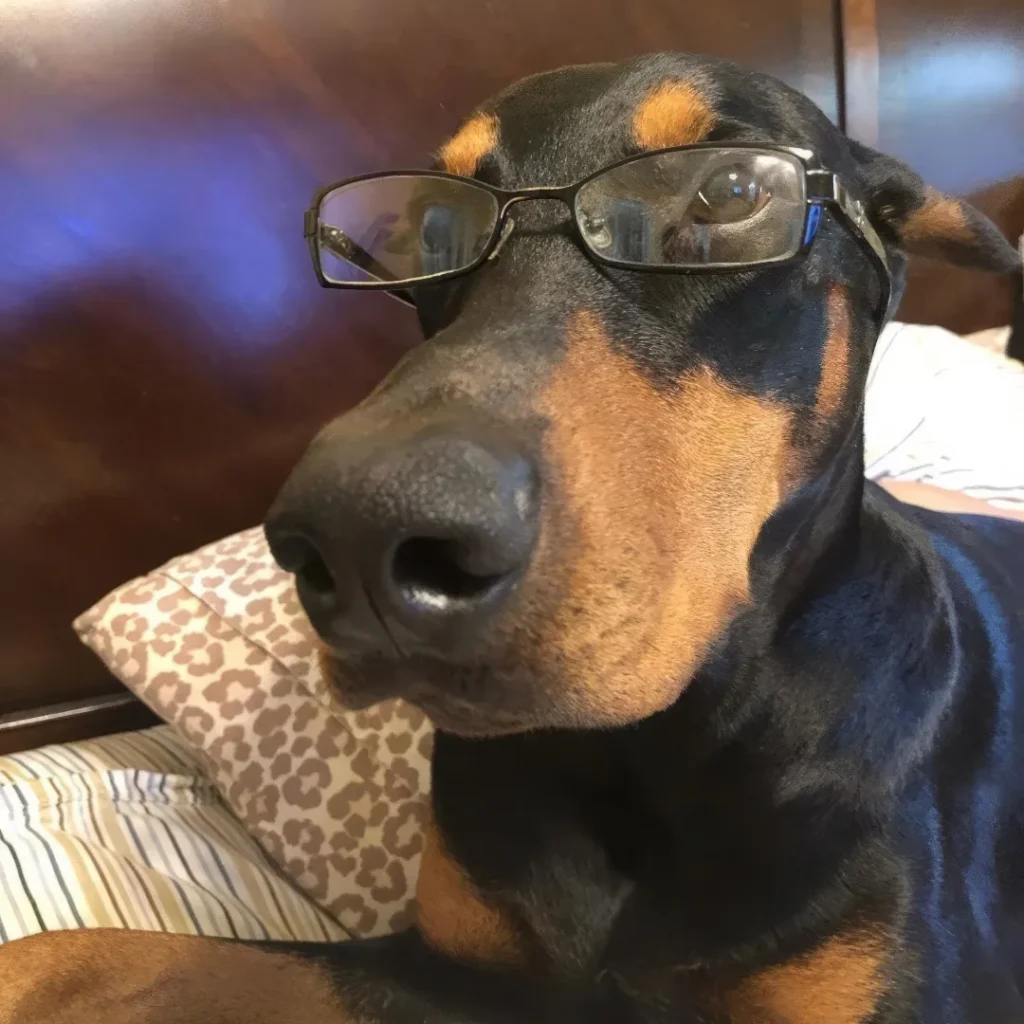
Do Doberman Pinschers Bark a Lot?
In my experience, Dobermans aren’t the type to bark just to hear themselves. They’re more the “speak with purpose” kind of dogs. When they do pipe up, it’s usually because they have something to tell you maybe the water bowl is empty, dinner is running late, or their brain needs a job. One of my Dobermans would give a single, pointed “woof,” then trot to the pantry like a tiny but very serious maître d’.
Because they’re natural guardians, they’ll alert you to anything that seems off. A knock at the door, a rustle outside, or the neighbor’s ladder clanking can trigger a few sharp barks. That’s their way of saying, “I’ve got this do you need me?” I remember a windy night when mine gave two warning barks, then glanced back at me as if to ask for confirmation. Once I said “All good,” he settled right down.
If you want to keep barking in the “useful” category, give them routine and mental work puzzle toys, short training sessions, sniffy walks. Teach a quiet cue and reward calm after they check in with you. Meet their exercise needs and they’re usually polite neighbors, even in an apartment. Individual dogs vary, but with structure and attention, a Doberman’s voice stays thoughtful, not nonstop.

Doberman Pinscher Average Height and Weight
Dobermans are medium large, athletic dogs with a sleek, powerful build. Males usually stand about 66-71 cm at the shoulder (around 26-28 inches), while females are a touch smaller at roughly 60-66 cm (24-26 inches). Most adults weigh between 30 and 40 kilograms (66-88 pounds). I remember measuring my friend’s Doberman against the kitchen counter just about level with it and when you run a hand over that glossy coat, you can feel the muscle like a coiled spring. https://en.wikipedia.org/wiki/Dobermann
They should look lean and fit, not bulky. You want to feel a few ribs without pressing hard and see a nice tuck at the waist. If the scale starts creeping up, I swap a bit of kibble for green beans and tack on an extra brisk walk works wonders. Measure height at the withers (top of the shoulders) for accuracy, and don’t worry if a young Doberman looks lanky for a while; they usually hit their height first and fill out with muscle as they mature.
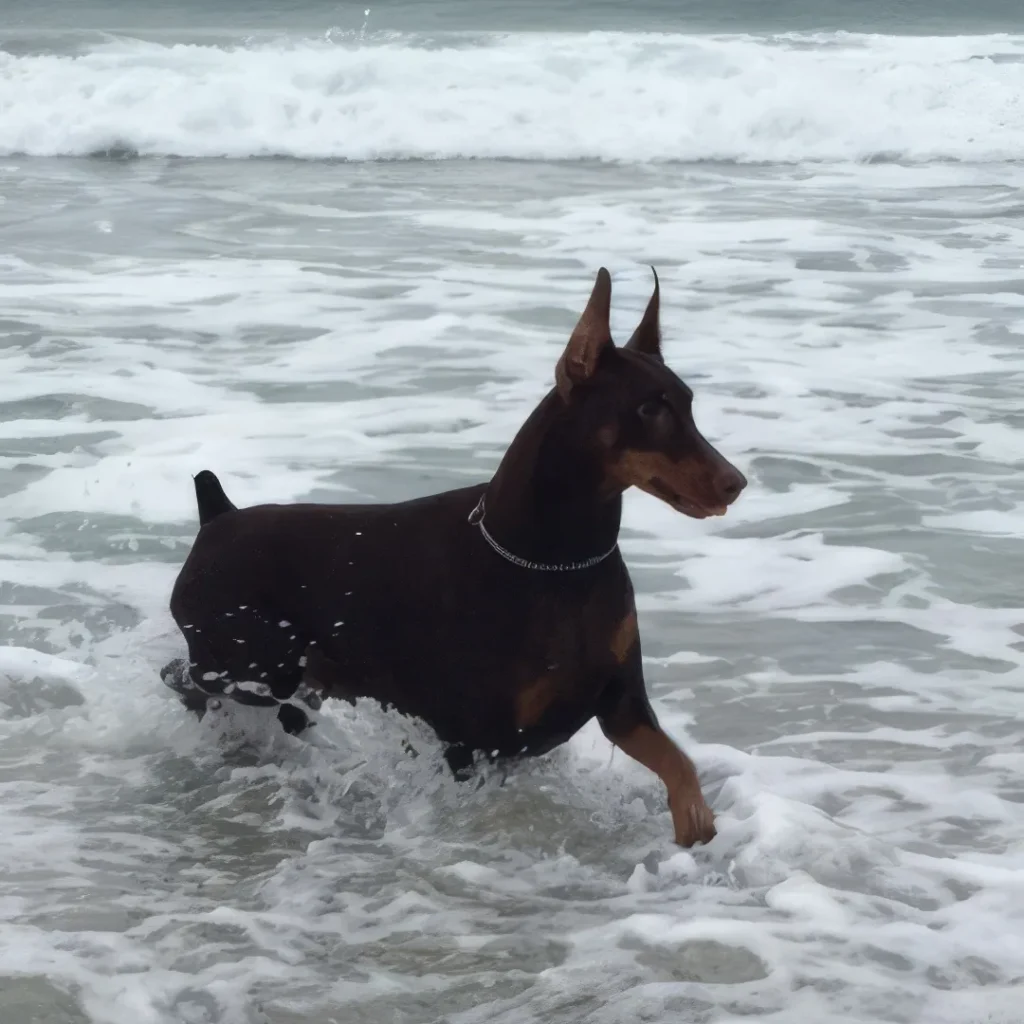
Are Doberman Pinschers Easy to Train?
Dobermans are smart, focused, and love having a job to do so yes, with the right approach, they can be wonderfully trainable. The key is staying calm and consistent. These dogs can get a little amped up during training, and that’s when accidents happen think leaping for the treat, knocking into a chair, or forgetting their manners in excitement. I learned to start sessions after a brisk walk and to reward calm behavior first. Keep lessons short, end on a win, and be right there to guide them back to focus when their enthusiasm takes over.
Start socializing your Doberman puppy immediately. Gentle introductions to people of all ages, different sounds, and new places help them grow into confident adults. I used to bring a pocketful of tiny treats to the mailbox, the hardware store, even the parking lot, and reward my pup for just watching the world politely. Positive reinforcement is your best friend with this breed praise, play, and treats for the behaviors you want. Avoid harsh corrections; Dobies read your tone and body language like pros.
Remember, they’re working dogs. Daily exercise isn’t optional it’s their fuel. Regular walks, a jog if you’re up for it, and dog sports like agility, scent work, or obedience classes keep their bodies and brains happy. On rainy days, I rotate puzzle toys and quick training games at home. A well exercised, mentally engaged Doberman is not only easier to train but more likely to enjoy a long, healthy, happy life by your side.
How Do Doberman Pinschers Behave? A Look at Their Temperament and Personality
If you’ve ever met a Doberman, you know the first impression is all sleek lines and serious eyes but give it two minutes and you’ll probably have 80 pounds of velvet shadow leaning into your leg for ear rubs. Dobermanns are extremely intelligent and very active, with a loyal, trustworthy, and surprisingly gentle nature. They’re often unfairly stereotyped because of that commanding look. I once met a big, glossy male at a neighborhood picnic who spent the whole afternoon trying to sit in every available lap like a toddler in a superhero costume.
A well bred, well raised Doberman won’t go looking for trouble and won’t become aggressive without provocation. But if their person is under threat, they don’t hesitate to step forward calm, focused, and absolutely committed. They were bred to appear large and intimidating, yet it’s their obedience and sharp mind that make them such capable police or guard dogs. I remember walking my friend’s Dobie, Luna, at dusk when a loud noise startled us. She didn’t bark or lunge; she simply moved between me and the sound, chest out, eyes alert, and waited for my cue. That’s the Doberman way: presence first, power only if needed.
Training them is usually a joy because they learn fast sometimes faster than we do. Keep sessions short, upbeat, and consistent, and they’ll pick up cues in a flash. Mental stimulation is a must. Think scent games, puzzle feeders, trick training, and canine sports like obedience, rally, tracking, or agility. On a rainy weekend, I taught a Dobie three new tricks before my coffee got cold; the challenge was getting him to stop offering them all at once afterward. Rotate toys, practice impulse control (sit, wait, place), and teach a solid “watch me” so they check in with you when they’re excited.
Doberman puppies are playful, curious little magnets for affection happy to be held, petted, and admired by anyone who comes close. They take a while to truly grow up, so expect a big hearted goofball phase that can last a few years. I always warn new Dobie owners about the “velcro dog” effect: they’ll follow you from room to room and try to fit under your desk while you type. Set them up for success with early socialization, a reliable routine, and plenty of structured exercise. A mix of brisk walks, training games, and a good sprint in a safe area works wonders. Give them a job for their brain, a way to stretch those long legs, and lots of affection, and you’ll have a steady, joyful partner who lives to make you proud.
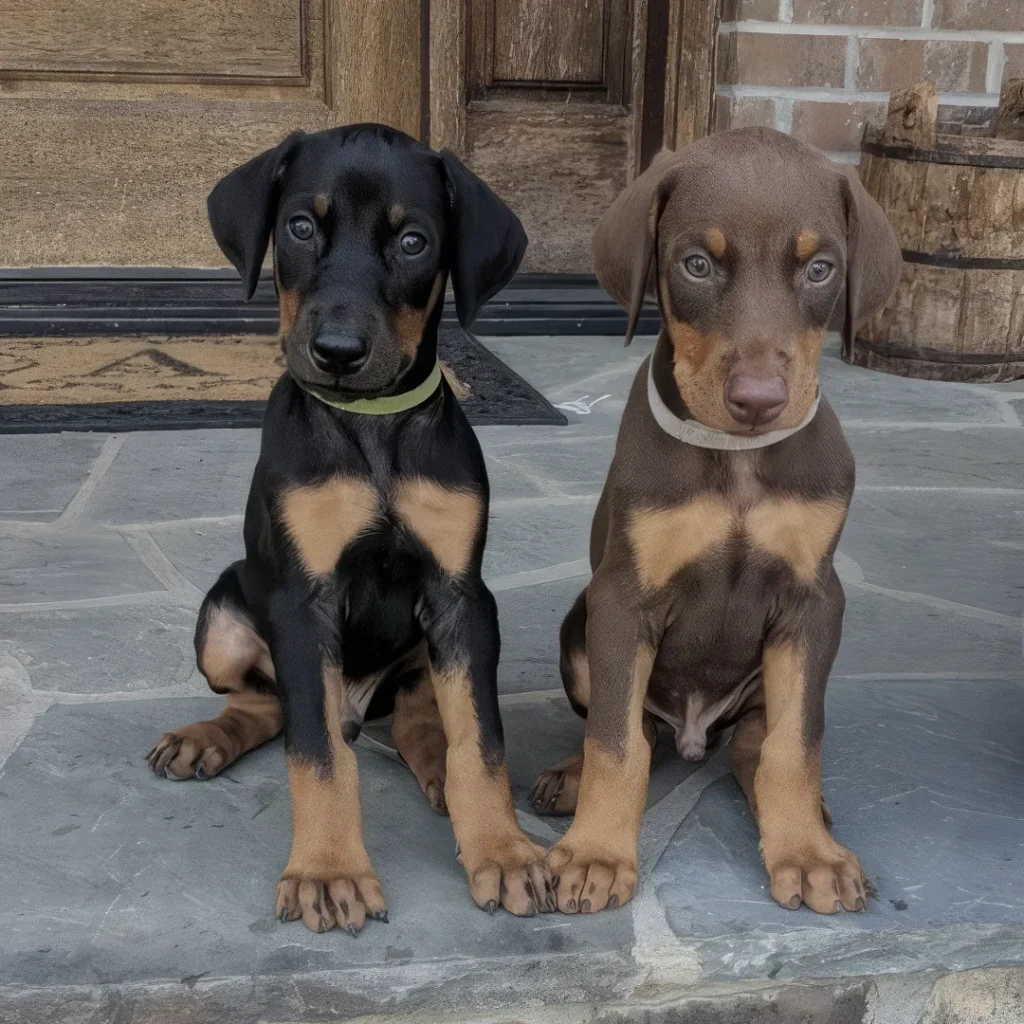
Do Doberman Pinschers Have Common Health Issues?
Dobermans are generally sturdy, athletic dogs, and with good breeding and care they can thrive for many years. Still, like every breed, they have a few health concerns that pop up more often than we’d like. Knowing what they are makes a huge difference I keep a little list of “red flags” on my fridge so I don’t second guess myself when something seems off.
A few conditions to keep on your radar: Von Willebrand’s Disease (a blood clotting disorder that can show up as easy bruising or nosebleeds), hip dysplasia (stiffness or limping after play), progressive retinal atrophy or PRA (night vision changes), hypothyroidism (low energy, weight gain, dull coat), wobbler’s syndrome (a wobbly gait or neck pain), and cardiomyopathy, especially dilated cardiomyopathy in this breed (fainting, coughing, or tiring quickly). I once dog sat a Dobie who had a fainting spell on a walk scary in the moment, but a quick vet visit and a Holter monitor test helped catch heart changes early and kept him on the right meds.
If you’re looking to bring a Doberman home, ask breeders about health testing. Reputable folks proudly share results for things like vWD, hips, thyroid, and eyes, and many also do cardiac screening such as echocardiograms or Holter monitoring. Breed clubs are actively working to reduce these genetic issues through testing and careful selection. They also take temperament seriously shy, nervous, or aggressive behavior is considered incorrect for the breed, and dogs that don’t pass temperament or health tests aren’t used for breeding. That’s a win for everyone, especially future puppies.
Day to day, a few simple habits help: keep your Doberman lean to protect joints, use a well fitted harness to avoid neck strain, schedule regular vet checkups, and don’t ignore small changes in stamina or coordination. One of my best tips is to keep a little journal of anything unusual when you do see the vet, those notes can be pure gold.
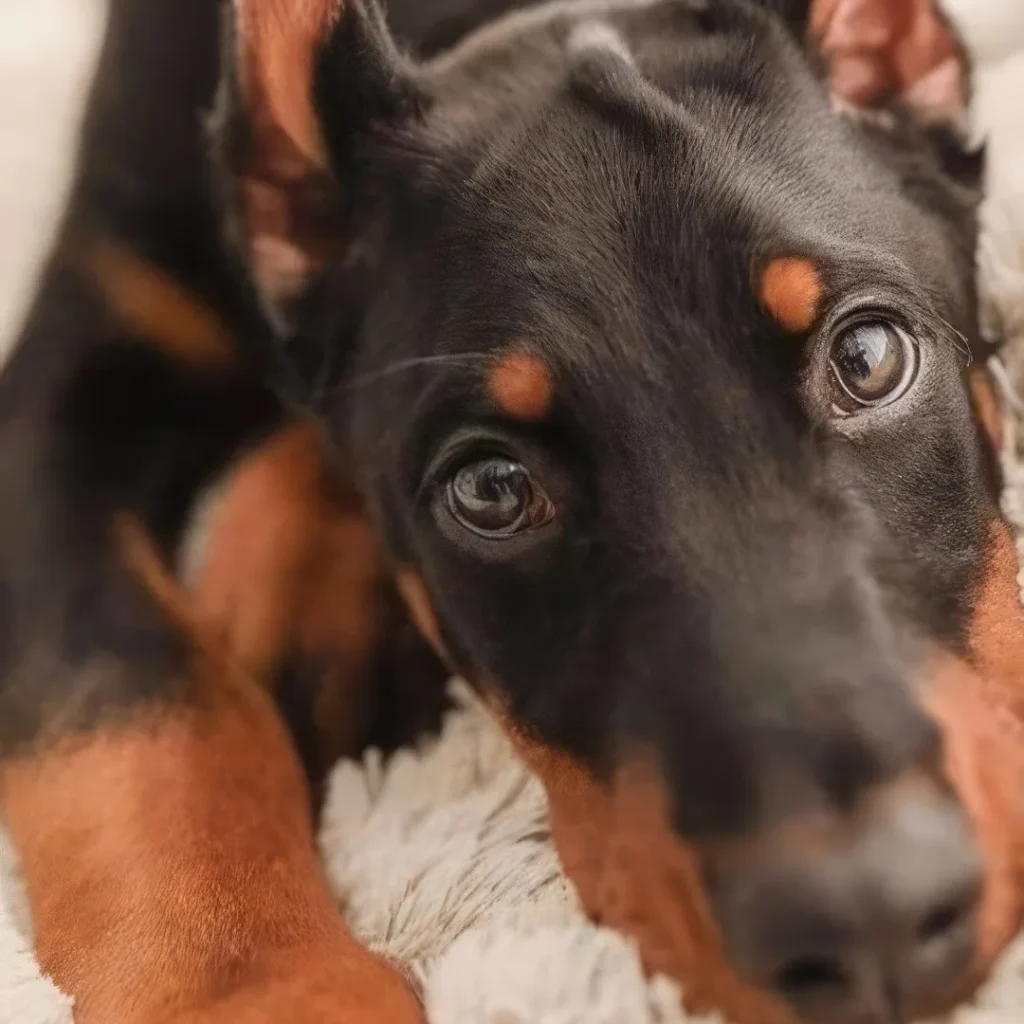
Doberman Pinscher Lifespan: What to Expect
Most Doberman Pinschers live about 10-13 years, and those years can be wonderfully full of energy, loyalty, and goofy zoomies in the hallway. I’ve known a few Dobies who cruised into their senior years with bright eyes and plenty of pep my neighbor’s girl, Roxy, made it to 12 and still insisted on her evening strolls to “inspect” the neighborhood squirrels.
A big part of helping a Doberman reach the higher end of that range is the basics done really well: a high-quality, balanced diet, daily exercise, and regular vet checkups. Keep them lean extra weight is tough on joints and the heart. Dobies are smart and sensitive, so mix in mental workouts too: puzzle feeders, scent games, short training refreshers. When my friend switched her Doberman to two brisk walks plus a 15-minute brain game in the afternoon, she swore it shaved years off his attitude in a good way.
Because the breed can be prone to certain health issues, talk to your vet about heart screenings, joint support, and dental care. I like to split meals into two portions and use a slow feeder, especially for deep chested breeds, and I avoid hard play right after eating. As they age, softer bedding, traction rugs, and gentler, shorter outings make a world of difference. Most of all, give them structure, patience, and lots of affection. A loved Doberman, cared for consistently, tends to be a happy one and that’s the best recipe for a long, good life together.
How Much Should You Feed a Doberman Pinscher?
For most adult Dobermans, 2.5 to 3.5 cups of high‑quality dry food per day is a solid starting point, split into two meals. They’re athletic dogs with big engines, so opt for a nutrient dense formula that lists real meat first. I like to use a simple measuring cup so I’m not eyeballing portions those “just a little extra” scoops add up faster than you’d think.
That said, the right amount isn’t one size fits all. Size, age, metabolism, and activity level make a big difference. On days when my Doberman and I clock a long hike or have an intense training session, I might bump the portion slightly; on rainy, lazy days, I dial it back. Puppies are a different story they typically need more frequent meals (three to four smaller ones) while they’re growing, and seniors may need fewer calories. Treats count too, so if you’re doing lots of training, shave a bit off mealtime to balance it out.
The best guide is your dog’s body. You should feel ribs under a light layer of muscle (not sharp, not buried), see a defined waist from above, and a gentle tuck at the belly. I make changes in small steps about a quarter cup at a time and give it a week before reassessing. And one tip from experience: avoid vigorous exercise right before or after meals, and stick to scheduled feedings rather than free feeding. It helps with digestion, prevents overeating, and makes potty breaks more predictable. As you get to know your Doberman, you’ll quickly learn the rhythm that keeps them lean, happy, and ready to fly on those long legs.
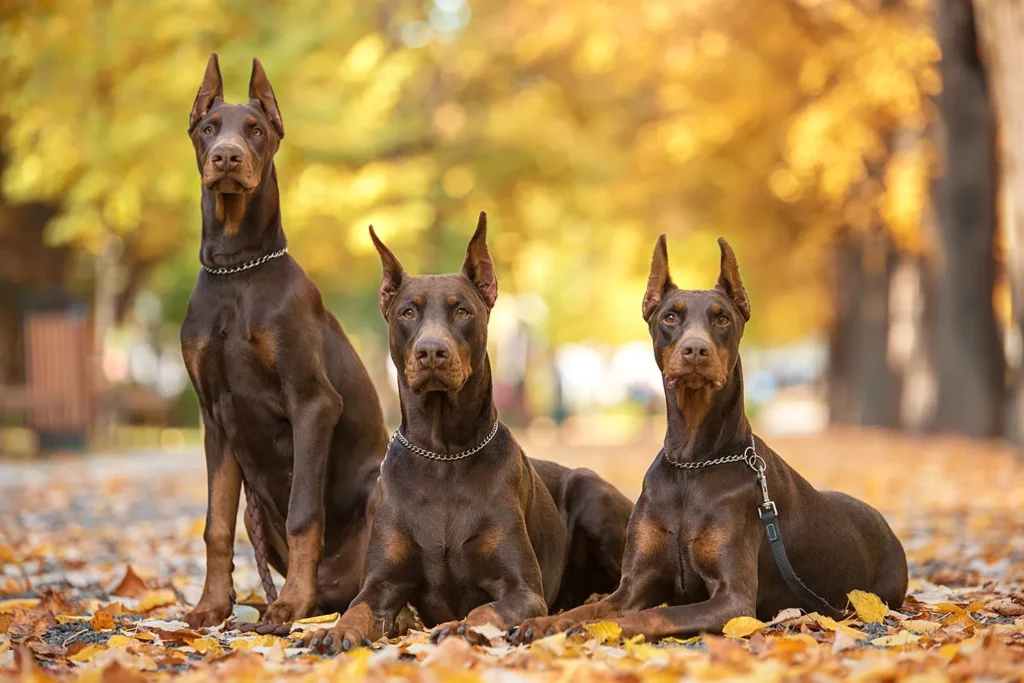
Doberman Pinscher FAQs
What is the difference between a Doberman and a Doberman Pinscher?
There isn’t one they’re the same breed. The naming just changes depending on where you are. In the US and Canada, you’ll usually hear “Doberman,” while in Europe, Australia, and elsewhere people say “Doberman Pinscher” (and sometimes “Dobermann Pinscher” with two n’s). I remember traveling and getting confused by the extra n the first time I saw it on a show catalog, but it’s all the same loyal, athletic dog. You might notice slightly different looks from region to region due to breeding lines and local standards, but it’s still the same breed at heart.
Are Doberman Pinschers hypoallergenic dogs?
No, Dobermanns aren’t hypoallergenic. Their short coat still sheds, and dander and saliva can set off allergies, so they’re usually not a good match if you’re sensitive. I once had a friend with mild allergies try weekly baths, a HEPA filter, and strict no bedroom rules with her Doberman; it helped a little, but she still struggled on high shedding days. If allergies are a concern, consider hypoallergenic breeds like a Maltese, Poodle, or Wire Fox Terrier instead they’re often easier on the sinuses. If you’re set on meeting a Doberman anyway, spend time with an adult first to see how you react before making any commitments.
Will a Doberman Pinscher get along with a cat?
They can, but it takes work and the right temperament. Dobermans have a strong prey drive, so careful socialization, training, and choosing a good breeder who prioritizes stable temperaments are key. Start with slow, controlled introductions, use baby gates so everyone has space, and reward calm behavior like a champ. My friend’s Doberman, Luna, now naps within whisker distance of her old tabby getting there took weeks of short, positive sessions and lots of management, but it paid off. Always supervise early interactions, teach impulse control cues (leave it is gold), and never rush it. Some pairs hit it off, others need more time, and a few may never be besties listen to your pets.
Is a Doberman Pinscher ideal for a first time dog owner?
Probably not the easiest choice. Adult Dobermans are large, powerful, and incredibly energetic, and they need consistent training, plenty of daily exercise, and mental work to stay balanced. Think brisk walks, structured play, obedience practice, and puzzle games on repeat. When I helped a neighbor with her first Doberman, we learned quickly that a good trainer and a solid routine made all the difference, but it was still a big commitment. If you’re brand new to dogs, you might consider a more beginner friendly breed. If your heart’s set on a Doberman, partner with an experienced breeder or rescue, enroll in training right away, and be ready to put in the time your future self (and your furniture) will thank you.
Disclaimer:
This article is for informational purposes only and doesn’t replace professional veterinary or training advice. Always consult a certified vet or dog trainer for guidance specific to your pup.
